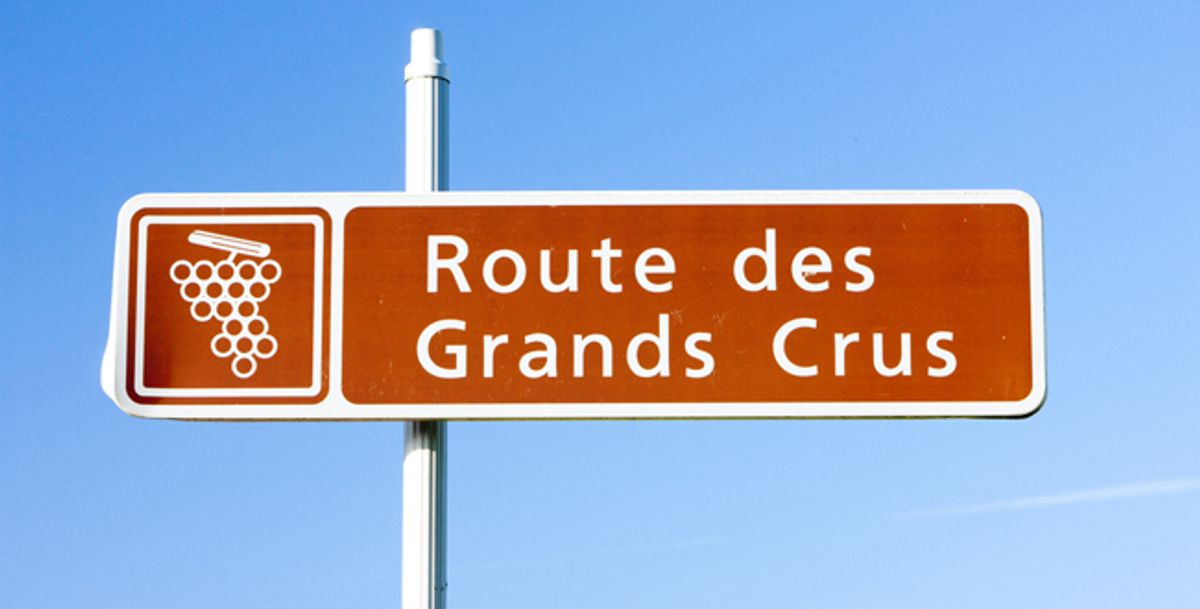
What is a Grand Cru?
The Grand Cru appellation, probably the best known for wines, was established in Bordeaux in 1855. It classifies wines in order of status, from Premiers Crus to Cinquièmes Crus. Originally, the list included 58 castles; 4 premier crus, 12 second growth, 14 third growth, 11 fourth growth and 17 fifth growth. Over time, this list has evolved and now includes 61 castles.
To earn the title of Grand Cru, the wine must have a harmonious combination of several elements. The rooting and age of the vines define the length of the aromas and the body of the wine itself. To this must also be added the elevation and the amount of natural light to which the grapes have been exposed, which of course varies from year to year.
But the most determining factor is the terroir: a Grand Cru is the expression of a terroir. We have to go back to the monks of Cîteaux in the 12th century to know the origin of the discovery of the influence of the type of grape: they indeed realized that the vine produced better grapes and therefore better wines, when it was planted on a poor soil. These empirical findings will be used to later create the Classification of Burgundy Crus.
The Grands Crus can be white, red or sparkling. Generally speaking, in Burgundy, most of the white Grands Crus are Chardonnays (excluding Alsace) with their red equivalent, Pinot Noir. The attribution of Grand Cru status is strictly controlled in most regions.
Which areas do the Grands Crus come from?
The term Grand Cru (and the associated Grand Cru Classé) designates different criteria in different areas. The fact that these wines are produced in such a small space adds to their exclusivity.
The northern half of the Côte d'Or in Burgundy, above Beaune, is arguably the ultimate expression of Grands Crus Pinot Noir red wines and many argue that these wines are the best in the world. Burgundy is often called the Holy Grail of Grands Crus, followed by Alsace. However, Grand Cru status is granted only to small vines (less than 1% of total production in Burgundy) and is jealously preserved and coveted.
Most of the Grands Crus of Burgundy are found in the Côte de Nuit of the Côte d'Or. The best are undoubtedly Domaine de la Romanée Conti (DRC), Chambertin and Clos Vougeot, which are sublime red wines, but also very expensive.
Burgundy also produces the best white wines from the Chardonnay grape; The Montrachet and Corton Charlemagne, two exceptional examples of Grands Crus, can be considered the best wines in the world. Tasting these wines demonstrates the importance of the balance between minerality and acidity for Grands Crus!
Still in Burgundy, but further north, the Chablis appellation has 7 Grands Crus, also expression of great Chardonnays, with a clear superiority of Premiers Crus and Chablis village itself.
In the east, Alsace is another wine region with specific grape varieties, such as Gewurztraminer. It has 51 vineyards classified as Grand Cru. Even this other beautiful region of Loire now has a Grand Cru with its Quarts de Chaume, a fine Chenin Blanc. Finally, there is also a Grand Cru appellation emerging in the Languedoc region.


